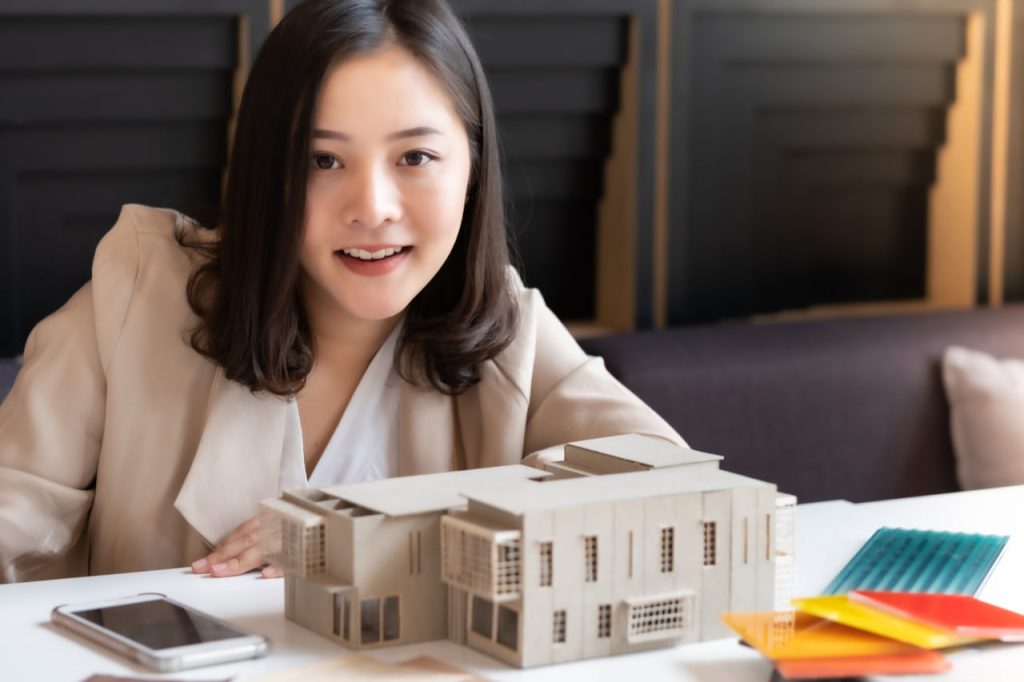From Hobby to Art: How Decorative Modeling Boosts Creativity
Decorative modeling is often seen as a relaxing and enjoyable pastime, something people turn to after a long day or during quiet weekends. But what many don’t realize is that this seemingly simple hobby holds the power to unlock deep levels of creativity and artistic growth. When approached with curiosity and consistency, decorative modeling can evolve from a casual activity into a powerful form of self-expression and innovation.
Tapping into Hands-On Thinking
One of the unique advantages of decorative modeling is its tactile nature. Whether you’re working with clay, plaster, or polymer, you’re shaping ideas with your hands, engaging your sense of touch in the creative process. This direct interaction with the material builds a deeper connection between thought and action, helping ideas move from imagination to form without the usual barriers.
Unlike digital art or writing, modeling demands spatial awareness and physical manipulation. You begin to understand proportions, balance, and volume simply by doing. This hands-on thinking trains your mind to visualize objects in three dimensions, improving not just your modeling work but also how you approach other creative tasks in life.
Learning to See Differently
Decorative modeling enhances your observational skills. To sculpt or mold something realistically or artistically, you need to study how light interacts with surfaces, how shapes connect, and how textures influence perception. The process naturally develops your eye for detail and your sensitivity to form and structure.
As you practice, you start seeing everyday objects with a new perspective. A crack in the sidewalk might inspire a texture. A folded napkin could spark an idea for a sculptural line. This shift in perception nurtures creativity, because it teaches you to find beauty and artistic potential in ordinary things.
Experimenting Without Fear
Modeling encourages experimentation. Materials like clay and polymer are forgiving—if something doesn’t work, you can reshape it, blend it, or start again. This flexibility allows artists to take creative risks without the fear of permanent mistakes. As a result, you become more comfortable trying new techniques, testing abstract ideas, or combining styles.
The more you play with materials, the more you learn about their potential. You begin to discover what works for you—what kind of textures you enjoy, what themes recur in your work, and what types of challenges spark your curiosity. This experimental mindset is key to building creativity because it removes the pressure to always be perfect and replaces it with the excitement of exploration.
Developing Personal Style
As decorative modeling moves from hobby to serious practice, your work begins to carry your personal fingerprint. You may notice recurring patterns, shapes, or themes that reflect your unique aesthetic. Over time, this becomes a recognizable style—a creative identity shaped through hands-on learning and emotional expression.
Unlike some art forms where style can feel forced or overly influenced by trends, modeling allows style to grow organically. It emerges from how your hands move, how you solve problems in form, and how you respond to the materials. This personal growth leads to more authentic, powerful work, and it deepens your connection to the creative process.
Building Confidence and Creative Flow
The act of building something from scratch and watching it take form boosts confidence. Each completed model, no matter how simple or complex, is a physical testament to your creativity and effort. This sense of accomplishment encourages you to keep going, to challenge yourself with more ambitious ideas.
As you gain experience, you may find yourself entering a state of creative flow—a focused, immersive mindset where time seems to vanish and the work feels effortless. This flow state is highly nourishing for creativity. It reinforces your motivation and helps you push through creative blocks without frustration.
Bridging the Gap Between Art and Everyday Life
Decorative modeling often begins with practical projects—home decor, gifts, or small crafts—but these projects have a surprising ability to evolve into expressive artworks. A handmade flower could become the foundation for a sculpture series. A wall relief might inspire an entire decorative collection. The skills and insights gained through modeling can extend into interior design, fashion, installation art, and even product design.
In this way, modeling blurs the line between hobby and art. It teaches you that creativity doesn’t require formal training or elite materials. What matters is your willingness to try, to observe, and to make. It reminds you that artistic expression can live in any space—your home, your hands, your imagination.
The Gateway to a Lifelong Creative Practice
Perhaps the most valuable aspect of decorative modeling is that it encourages long-term creative growth. You don’t need to wait for inspiration to strike or chase perfection. Instead, you can simply begin with what you have, keep practicing, and trust that each piece teaches you something new. The rhythm of shaping, adjusting, and refining becomes a kind of meditative practice—one that feeds your creative spirit with each passing day.

